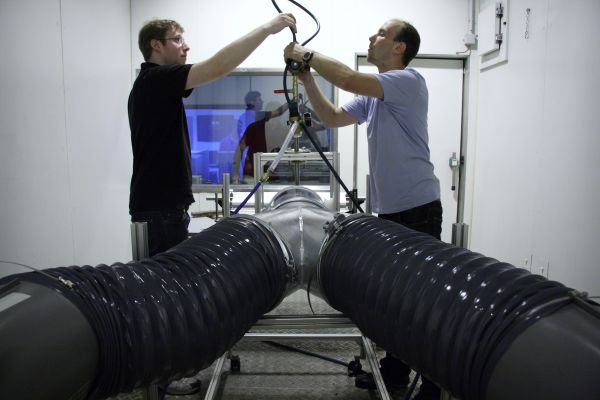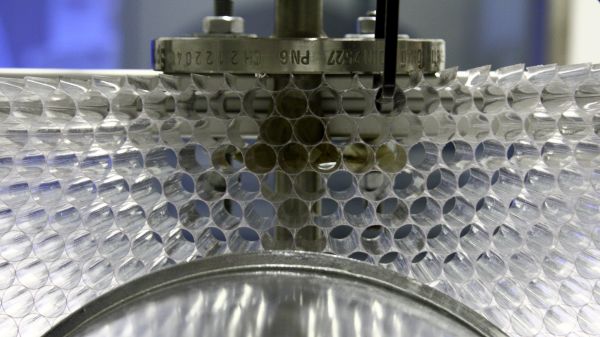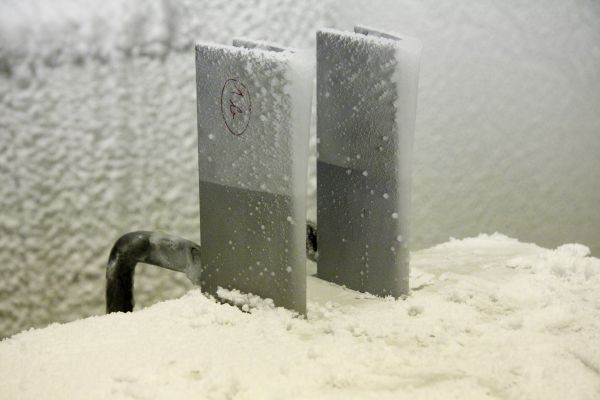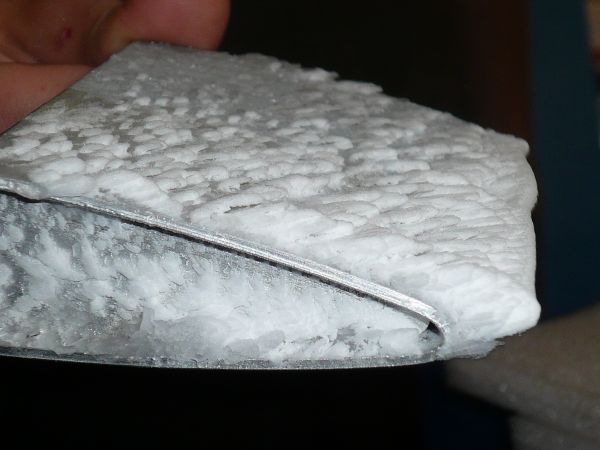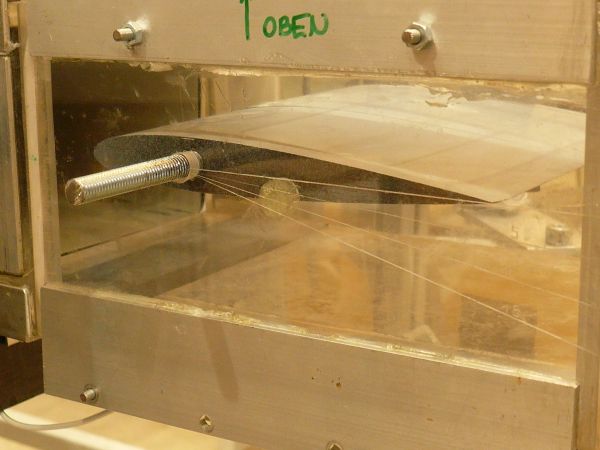AntiIce - Anti-icing/De-icing Systems to Improve Aircraft Performance and Safety
The aim of the Anti-Ice project was the production of new and innovative materials for aircraft surface coating to prevent icing. Furthermore, micromechanical (piezo) actuators for active ice removal have been developed.
Short Description
Motivation
The production of new innovative materials as surface coatings for aircraft to prevent icing. Furtzhermore, micromechanical (piezo) actuators for active ice removal has been developed.
Objectives
- To produce passive, ice-repellent coatings.
- To develop a de-icing system by means of vibrations generated by piezo actuators.
- To test the coatings and their combination with the piezo system under icing conditions.
Content
Newly produced surface coatings for aircraft that prevent icing and newly developed micromechanical (piezo) actuators for active iron removal are tested and optimized under icing conditions similar to those in natural clouds.
Methodology
- Synthesis of new, superhydrophobic and icephobic coatings
- Testing the coatings effectiveness in the icing wind tunnel
- Implementation of a piezo vibration system on a wing mockup
- Testing the vibration system under icing conditions
- Production of a wing model in which the vibration system and the icephobic coatings are combined
- Testing the combined system under icing conditions
Expected results
- Reduction of ice adhesion by chemical coatings
- Detachment of ice adhering to the wing surface by means of the generated vibrations
- The combined system is (in principle) suitable as an ice protection system for aircraft
Outcome
- Icephobic coatings have shown their effectiveness in substantially reducing surface ice adhesion
- Ice accretion itself, however, cannot be prevented by icephobic coatings (note: to our knowledge, no one has yet succeeded in doing so convincingly)
- (Partial) ice detachment due to vibrations is possible
- Complete ice detachment has not yet yielded satisfactory results due to the geometric conditions on the wing (convex curvature of the leading edge) - not even in the case of the combined system consisting of both the coating and the vibration system.
Project Partners
- AIT - Austrian Institute of Technology GmbH - Coordinator
- Aerospace & Advanced Composites GmbH
- AMES GmbH
- FH JOANNEUM GmbH
- LKR - Leichtmetallkompetenzzentrum Ranshofen GmbH
- PROFACTOR GmbH
Funding program: TAKE OFF

